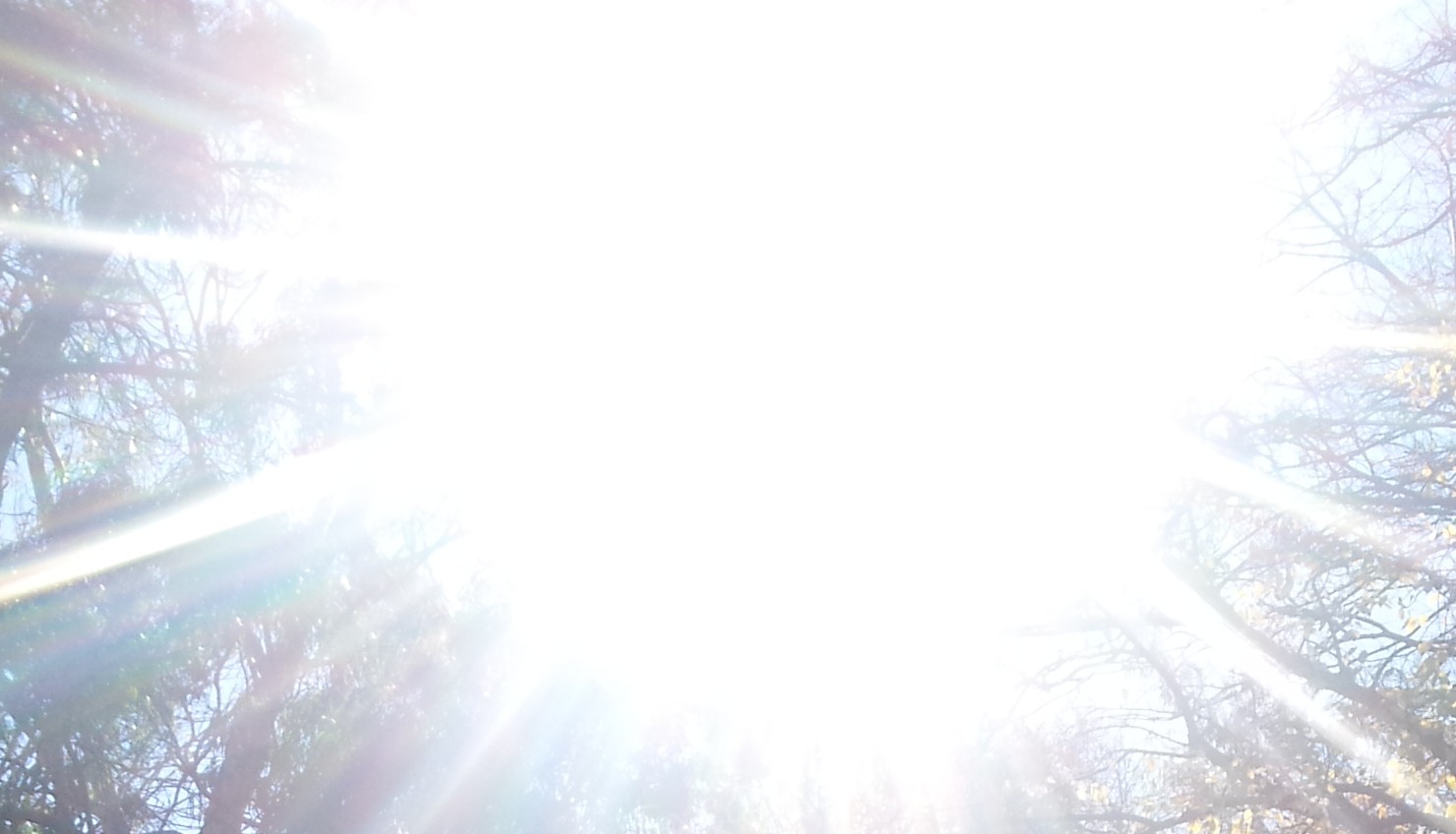This was another interesting read from Barabasi. It began with a look at Italian Economist Vilfredo Pareto and his ‘80/20 Rule.’ This rule is based on one of Pareto’s empirical observations; “he noticed that 80 per cent of his peas was produced by only 20 per cent of the peapods.” Pareto found that “in most cases four-fifths of our efforts are largely irrelevant.” This has since, “morphed into a wide range of other truisms as well.” Though this rule can be applied to a lot of situations, it cannot be applied to all situations. It can, however, be applied to the Web – “80 per cent of links on the Web point to only 15 per cent of Webpages.”
Barabasi notes that the Web network isn’t heaps of random links but “many nodes with a few links only, and a few hubs with an extraordinarily large number of links.” He reasons that “the distribution of links on various Webpages precisely follows a mathematical expression called a power law.” Every time a 80/20 rule applies, there is a power law behind it. “A histogram following a power law is a continuously decreasing curve, implying that many small events coexist with a few large events.” Different from a bell curve, it “does not have a peak.”
Barabasi states that “in a continuous hierarchy there is no single node which we could pick out and claim to be characteristic of all nodes . . . This is the reason my research group started to describe networks with power-law degree distribution as scale-free.”
Learn more: http://vogmae.dropmark.com/133224/2301020

Networky Stuff | Networked Media